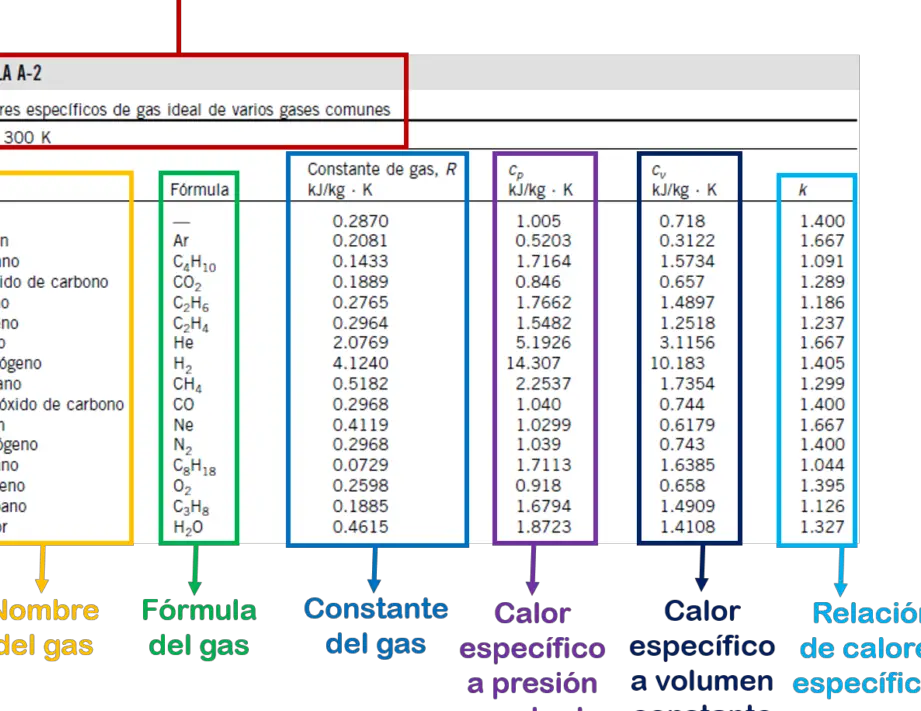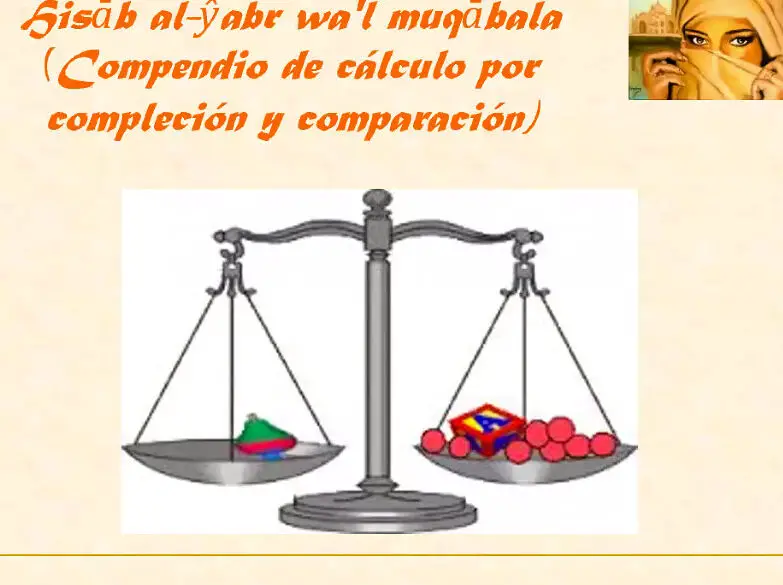Understanding Constant Volume: A Complete Guide
Discover in this complete guide everything you need to know about the concept of constant volume. From its definition to its application in different fields, immerse yourself in a world of knowledge that will make you see things from a new perspective. Don't miss this opportunity to expand your horizons!
Hess's law: Fundamental principle in chemical thermodynamics
Hess's Law is a fundamental principle in chemical thermodynamics that states that the total enthalpy change in a chemical reaction is the same whether the reaction is carried out in a single step or in a series of steps. This principle was enunciated by the Russian-German chemist Germain Hess in 1840.
In simpler terms, Hess's Law allows us to calculate the enthalpy change of a chemical reaction from the enthalpy changes of previously measured chemical reactions. This is especially useful when it is not possible to directly measure the enthalpy change of the reaction of interest.
To apply Hess's Law, the following steps must be followed:
- Identify known chemical reactions whose enthalpy changes can be added or subtracted to obtain the desired reaction.
- Adjust the chemical equations and enthalpy changes of known reactions so that adding or subtracting them gives the overall reaction.
- Add or subtract the enthalpy changes of the known reactions based on the stoichiometry of the overall reaction to obtain the total enthalpy change.
Constant volume in chemistry: How does it affect chemical reactions?
In chemistry, the concept of constant volume refers to the conditions under which the volume of a system remains constant during a chemical reaction. This scenario can have a significant impact on the outcome of chemical reactions, as it affects the concentration of the reactants and products present in the system.
Main aspects to take into account about constant volume in chemistry:
- In a system with constant volume, if the amount of a reactant is increased, the concentration of that reactant will increase, which can affect the reaction rate.
- The stoichiometry of the reaction is also influenced by the constant volume, since the relationship between the amounts of reactants and products can change if the volume does not change.
- The chemical equilibrium in a system with constant volume can shift to one side of the reaction to counteract changes in the concentration of the components.





Post Comment